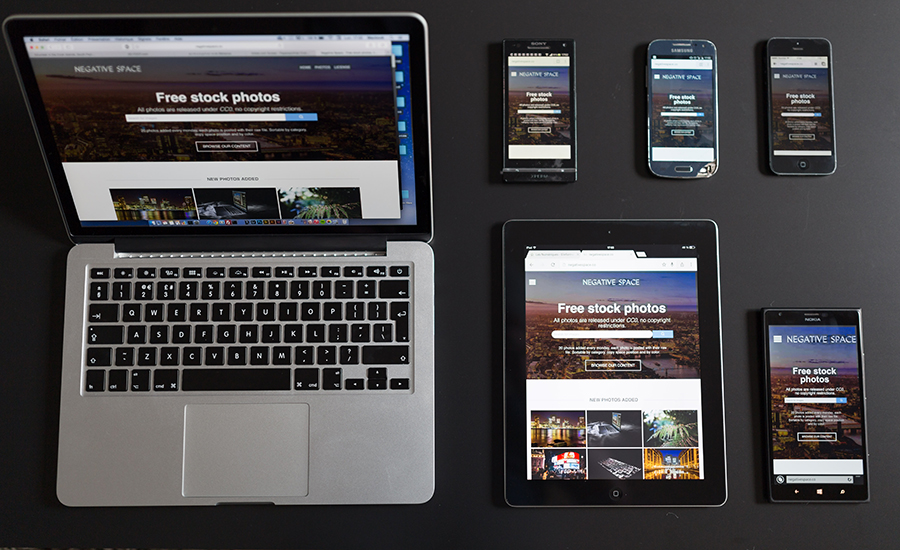Unless you’ve been living under a rock for the past ten years, you know the average person doesn’t rely on the local newspaper for information anymore. They are watching more than cable and listening to more than AM/FM radio. Consumers today are sophisticated and have access to information at their fingertips and can consume that data within seconds. Today’s consumer has a short attention span, about seven seconds for the average adult, I believe, and they’re not as brand loyal as their parents. This makes marketing to them a bit of a challenge unless your brand is, well… EVERYWHERE.
That’s why multichannel marketing is so effective right now and the foreseeable future. It’s about engaging consumers through a combination of indirect and direct marketing channels such as websites, stores, catalogs, direct mail, email, mobile applications, and more. By providing content consumers are interested in via the medium they prefer to receive it, marketers can enable consumers to take action (like buying a product or service). At it’s core, multichannel marketing offers consumers the power of options.
For example, popular television ads for a brand cause an increase in online searches for the brand or product. Without the interesting and memorable advertisement, the target audience would not have known to search for more information. Add a hashtag, and a brand has the potential to go viral.
Because of the changes in how we act as consumers and the tactics available to marketers today, marketing campaigns are – in a word – complex. Multichannel marketing must inform and influence consumers, moving them through the customer lifecycle from the moment they first learn a brand name to advocacy and loyalty.
Here are some steps to multichannel marketing success, based on the concept that your customers are taking a journey with your brand, building engagement and a strong relationship along the way.
1.) Target your audience
According to research from Gartner, mass marketing campaigns average a 2% response rate and are on the decline. If you want to reach your target audience you need to create segments based upon their profile attributes, level of engagement, and (most importantly) their lifecycle stage. The type of communication you send a loyal customer will not resonate with first-time buyers or brand strangers.
2.) Personalize your message
While everyone likes to receive communication directed to him or her specifically, personalization goes beyond the consumer’s first name. It can include past purchase information, their company name, geographic location, and even gender or age group.
3.) Utilize multiple communication channels
Not every customer prefers email. In fact, according to the Pew Research Center, young adults between the ages of 18 and 24 exchange an average of 109.5 messages on a normal day (more than 3,200 text per month). It’s critical for marketers to communicate to prospects and customers they way they want to be communicated to as this increases the odds that a message will be received and acted on.
In a Deliver Magazine article, Liz Miller, VP for CMO Council said,
“Consumers don’t live a single-channel life, or even a dual channel life. In both B-to-B and B-to-C worlds, consumers today live multichannel lives. You’re reading a magazine. You’re checking your Smartphone for emails. You’re on the wireless on your digital tablet. You get home and check your mail and your desktop computer. There are so many ways that consumers are engaging and searching for content.”
To reach your audience, you must be where they are spending their time. Successful marketing strategy is no longer a print and TV campaign, but now a highly integrated and sophisticated multi-touch campaign designed to educate and captivate target audiences in each stage of the customer lifecycle.

